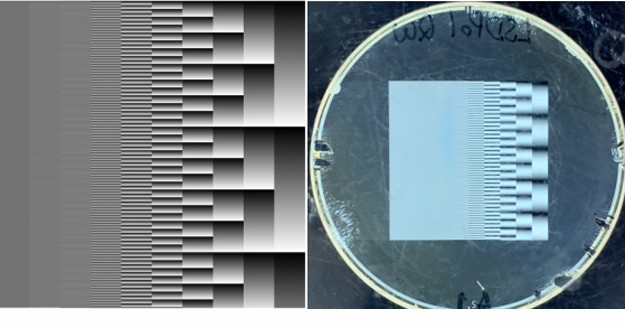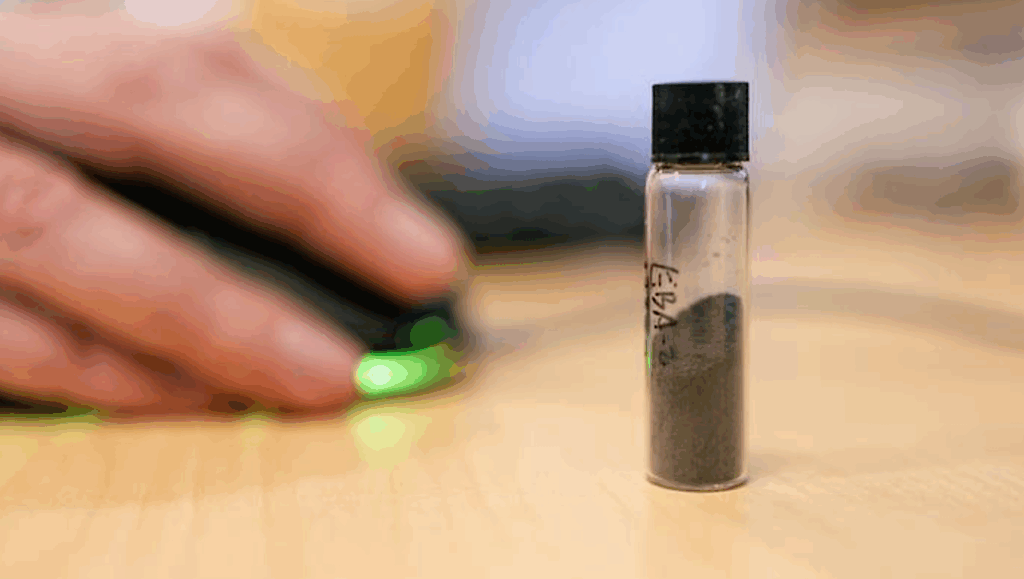Tricorder Tech: Design Of The Life Signature Detection Polarimeter LSDpol

Many biologically produced chiral molecules such as amino acids and sugars show a preference for left or right handedness (homochirality). Light reflected by biological materials such as algae and leaves therefore exhibits a small amount of circular polarization that strongly depends on wavelength.
Our Life Signature Detection polarimeter (LSDpol) is optimized to measure these signatures of life. LSDpol is a compact spectropolarimeter concept with no moving parts that instantaneously measures linear and circular polarization averaged over the field of view with a sensitivity of better than 1e-4. We expect to launch the instrument into orbit after validating its performance on the ground and from aircraft.
LSDpol is based on a spatially varying quarter-wave retarder that is implemented with a patterned liquid-crystal. It is the first optical element to maximize the polarimetric sensitivity. Since this pattern as well as the entrance slit of the spectrograph have to be imaged onto the detector, the slit serves as the aperture, and an internal field stop limits the field of view. The retarder’s fast axis angle varies linearly along one spatial dimension. A fixed quarter-wave retarder combined with a polarization grating act as the disperser and the polarizing beam-splitter. Circular and linear polarization are thereby encoded at incompatible modulation frequencies across the spectrum, which minimizes the potential cross-talk from linear into circular polarization.
Christoph U. Keller, Frans Snik, C. H. Lucas Patty, Dora Klindžić, Mariya Krasteva, David S. Doelman, Thomas Wijnen, Vidhya Pallichadath, Daphne M. Stam, Brice-Olivier Demory, Jonas G. Kühn, H. Jens Hoeijmakers, Antoine Pommerol, Olivier Poch
Comments: 10 pages, 10 figures, SPIE Proceedings 11443-167
Subjects: Instrumentation and Methods for Astrophysics (astro-ph.IM); Earth and Planetary Astrophysics (astro-ph.EP)
Journal reference: Proc. SPIE 11443, Space Telescopes and Instrumentation 2020: Optical, Infrared, and Millimeter Wave, 114433R (15 December 2020)
DOI: 10.1117/12.2562656
Cite as: arXiv:2012.09105 [astro-ph.IM] (or arXiv:2012.09105v1 [astro-ph.IM] for this version)
Submission history
From: Christoph Keller
[v1] Wed, 16 Dec 2020 17:52:49 UTC (2,696 KB)
https://arxiv.org/abs/2012.09105
Astrobiology,








